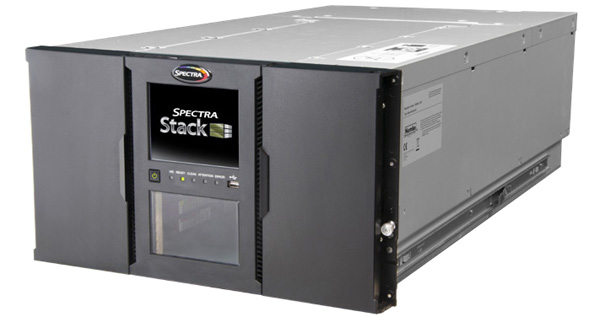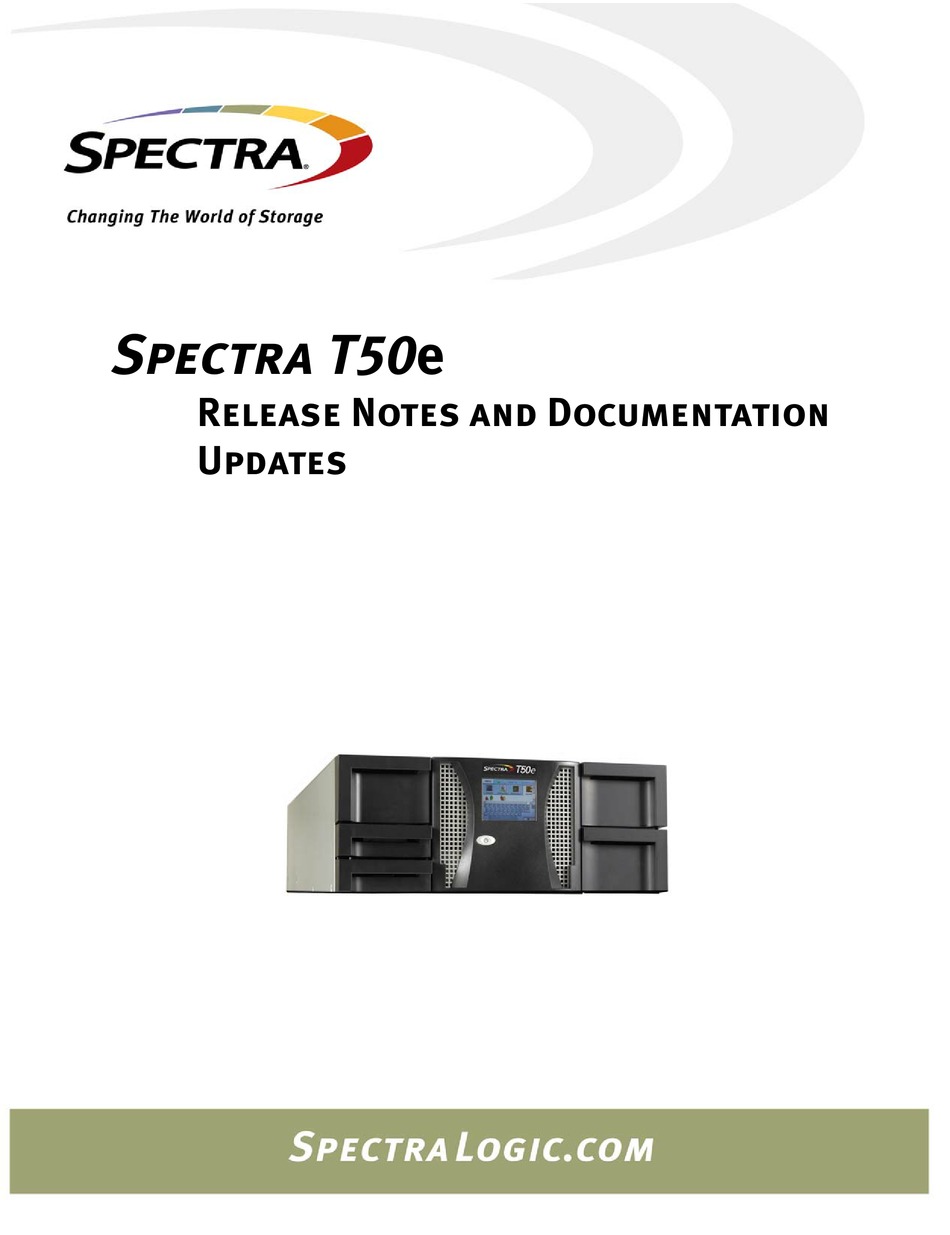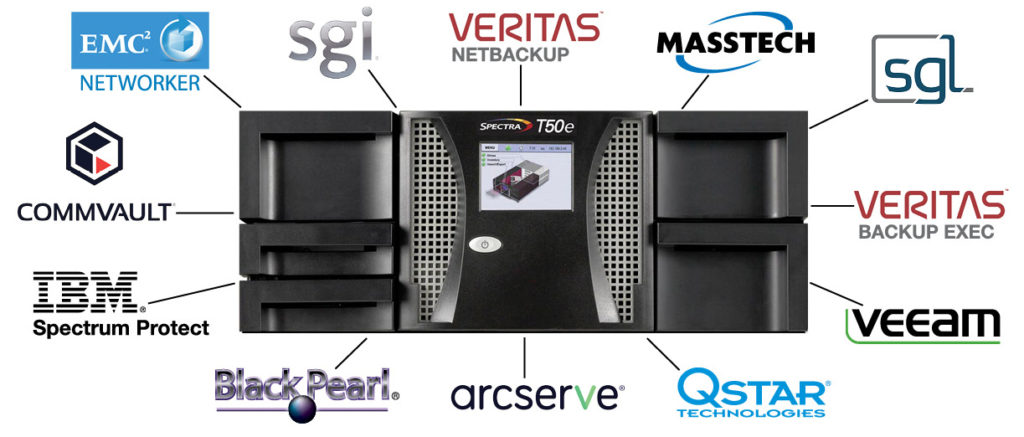

Plus, you will pay for the first GB of data you write to the cloud today and every month 10 years from now. However, for large data sets cloud storage may not be cost-effective. For smaller data sets, cloud can be very attractive. Do you have the capacity and bandwidth to get the data back within a short time frame? You should also look at the long term price of the cloud solution. If Nirvanix stored the only data copy, you needed to retrieve the data and store it elsewhere before they shut down. If you have a copy of the data outside your cloud provider, you needed to find another service provider and upload your data. First, how confident are you in the cloud provider’s long-term viability? Nirvanix was only able to give customers 2 weeks’ notice that they were shutting down. Kevin Dudak: There are a couple of key things to think about. InsideBIGDATA: What advice can you give to those considering a cloud-based storage solution? For instance, can you guarantee that the data was deleted? If you can’t this could be a problem for data sets that require confirmed deletion. While clouds are very flexible, they can make it hard to truly control your data. A simple firmware bug could affect all of the data.

#SPECTRA LOGIC T50E SOFTWARE#
While this is helpful, most providers run the same software and hardware on all locations. Many cloud providers offer the options of multiple copies in multiple sites as a way to add redundancy. Often, you do not have control over where your data is stored, this can be an issue for some data types, such as medical records that may have regulations on where the data resides. However, there are some limitations with clouds that should be considered. A cloud can make a great off site location for disaster recovery (DR) as well. Just write a small check every month, and you can store your data.

For smaller organizations, and start-ups, the lack of capital expense to get started can be very helpful. If you have data that lots of people need to access from many different locations, cloud is hard to beat. Cloud is great for dispersed content access and distribution. Kevin Dudak: Cloud storage opens up a lot of new and interesting opportunities. InsideBIGDATA: What are the advantages of cloud solutions? Limitations? This is particularly important as data sets grow to quantities many people never imaged.

With the example of data integrity, all Spectra products have integrated data integrity features and scans. Combining new interfaces and products with a continual evolution of core capabilities, such as data integrity, is where we excel and continue to set ourselves apart. By keeping it simple, affordable and by focusing on data reliability, Spectra provides a storage system that meets growing needs. Where most disk systems continue to add features, capabilities and the associated complexity, Verde only has what is needed for large data storage. NTier Verde, our 4 th generation disk product, takes a different approach in the disk world. We offer high capacity TS1140 and open standard LTO media options, have the capability to offer block, file and object storage on our tape systems and deliver long-term storage for under $0.10/GB LIST pricing. Our suite of T-Series tape libraries range from high capacity Enterprise class libraries, such as the T-Finity and T950, to smaller SME-focused libraries, such as the T120 and the T50e.
#SPECTRA LOGIC T50E ARCHIVE#
At Spectra, we’ve worked tirelessly to lead innovation and challenge expectations of the data protection market with intelligent, integrated, and simple to use backup and archive technologies. Kevin Dudak: The unrelenting growth of data has clearly impacted the way we think about data storage. Tape storage technologies have evolved substantially the past five to ten years.


 0 kommentar(er)
0 kommentar(er)
